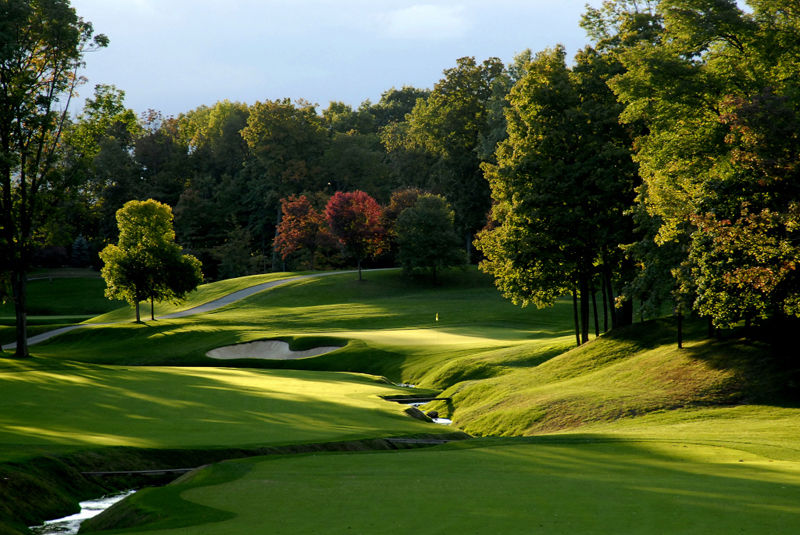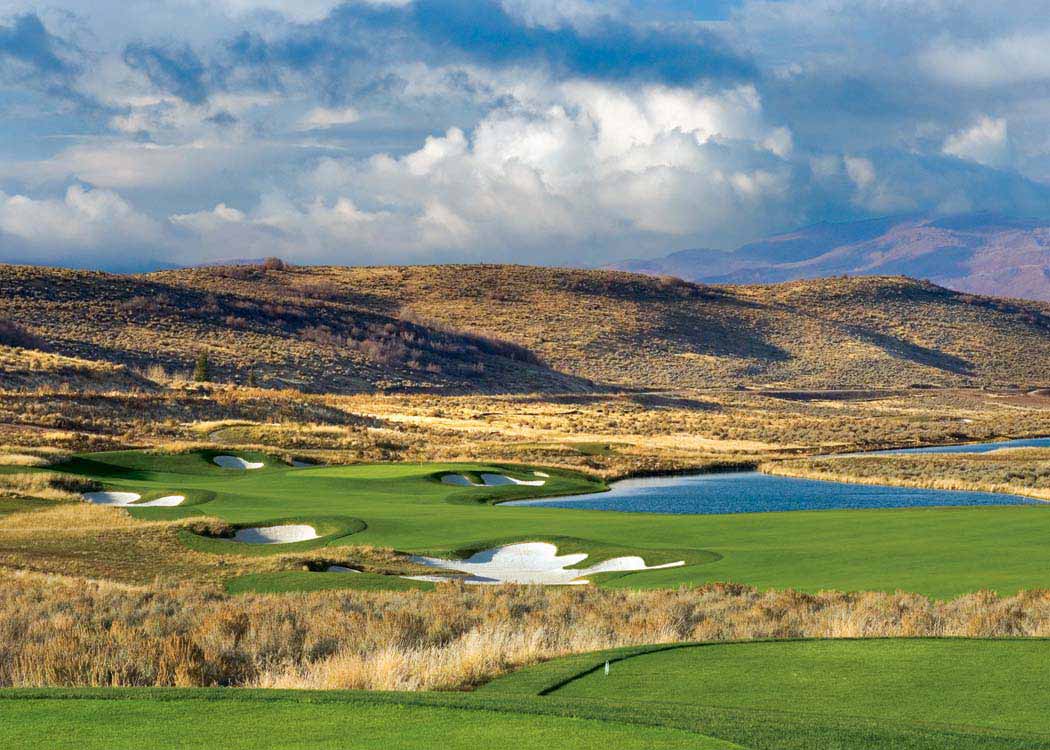Jack Nicklaus, An Eye for Design
The Upper Hand
Aside from Tiger Woods, is there a more recognizable name in golf than Jack Nicklaus? It is very unlikely and even Tiger is pushing his luck. The major talking point, pun intended, is ‘who is the greatest golfer of all-time’? I don’t think we’ll ever know the answer to this question because Tiger stills trails Jack in majors won. However, there is no disputing ‘The Golden Bear’ is the more accomplished of the two in golf course design. His golf courses have always been among my favorite to play for many reasons. Here is a look at his life and legacy as a golf course designers.
The Player
Amateur Golf
‘The Golden Bear’ found his footing as a golfer at 10 years old around Scioto Country Club in Ohio. Within two years he won the first of five consecutive Ohio State Junior Championships. In 1961 he become the first player to win the NCAA and US Amateur Championships in the same season. Only four other golfers have acheived this since, Phil Mickelson, Tiger Woods, Ryan Moore and Bryson DeChambeau. His 1961 US Amateur title came two years after winning his first in 1959 as a 19 year old. Nicklaus represented the United States in two Walker Cups and lead the United States team in the 1960 Eisenhower Trophy.
Professional Golf
As a professional Jack wasted no time stamping his authority as one of the game, taking down Arnold Palmer in the 1962 US Open after an 18 hole playoff. This marked his first victory as a professional in just 17 starts, and was only two years removed from finishing runner-up to Palmer as a 20 year old amateur in the 1960 US Open. Throughout the course of his playing career he would amass 18 major championship wins along with 19 major runner-up finishes which is a mind blowing statistic. He would compile 117 professional wins worldwide, 73 on the PGA Tour.
The Beginning of Nicklaus Design
A Bear’s Touch
As a golf course architect Jack received a hand into the industry from close friend Pete Dye during the mid 1960’s. Dye asked Jack to hit shots for him while designing The Golf Club in Colombus, Ohio. His first partnered design for 18 holes was with Pete Dye. Jack had a heavy hand in the design of Harbour Town Golf Links in Hilton Head bu the real kick start to the Nicklaus Design course boom came in 1974. with the opening of Muirfield Village Golf Club in Ohio. It was the economic boom of the 1980’s which saw his design firm explode with new opportunities. There are three types of Nicklaus Design golf courses, the Nicklaus Signature which Jack himself oversees all aspects of, Jack Nicklaus II Signature is handled by his eldest son, and thirdly the Nicklaus Heritage which is managed by a Nicklaus Design associate.
Nicklaus Design: Principles
Jack has made a name for himself as a designer thanks to his play and ability to create individually unique golf courses but he has also applied multiple principles to many of his designs. It is these principles which make his courses both challenging and enjoyable for golfers of every skill level. He prefers precision over power, testament to the way he played the game as one of the all time great strategists because he feels that length does not constitute quality or enjoyment.

“I design layouts that challenge golfers to play intelligently rather than ones that test their strength”
– Jack Nicklaus
Jack prefers minimal earthworks and aims to respect the lie of the land wherever possible. He avoids blind shots but implements false fronts to elevated greens which gives the golfer a true center point for the start of the putting surface. He uses fairway bunkering as a way to visually direct golfers but he will keep the landing zone wide to reward a well struck shot from the tee. The use of doglegs and hazards to the inside of the dogleg are both common Nicklaus Design features and his greens are often concave in shape, again rewarding a well struck approach as opposed to severe undulations which can sometimes punish a good one.
The Golden Bear at Painted Valley
For me the Painted Valley Course at Promontory in Utah is one of my absolute favorites. It is truly a beautiful course measuring a little over 8,000 yards. It is carved out from the promontory valley south of Salt Lake City. The high altitude does relieve some of the scorecard intimidation but doesn’t offset the treachery of the greens. The design is a links style which weaves up and around the sprawling terrain. Above all else you must be the ultimate thinker around this course. It is equally as important to be in position from the start as it is to put the ball back in play after a poor shot. The greens are diabolical and require the utmost respect and the slopes put a premium of pace control. The Golden Bear left his mark and your score will probably reflect it. I look forward to enjoying this challenge again!
The 10 Best Nicklaus Course
- Muirfield Village Golf Club, Dublin, Ohio, USA
- Sebonack Golf Club, Southampton, New York, USA
- Castle Pines Golf Club, Castle Rock, Colorado, USA
- Monte Rei Golf & Country Club, Vila Nova, Cacela, PORTUGAL
- Punta Espada Golf Club, Cap Cana, DOMINICAN REPUBLIC
- Kinloch Golf Club, Kinloch, Taupo, NEW ZEALAND
- Valhalla Golf Club, Louisville, Kentucky, USA
- Mayacama Golf Club, Santa Rosa, California, USA
- Jack Nicklaus Golf Club Korea, Incheon City, SOUTH KOREA
- Quivira Golf Club, Cabo San Lucas, Baja Sur, MEXICO



